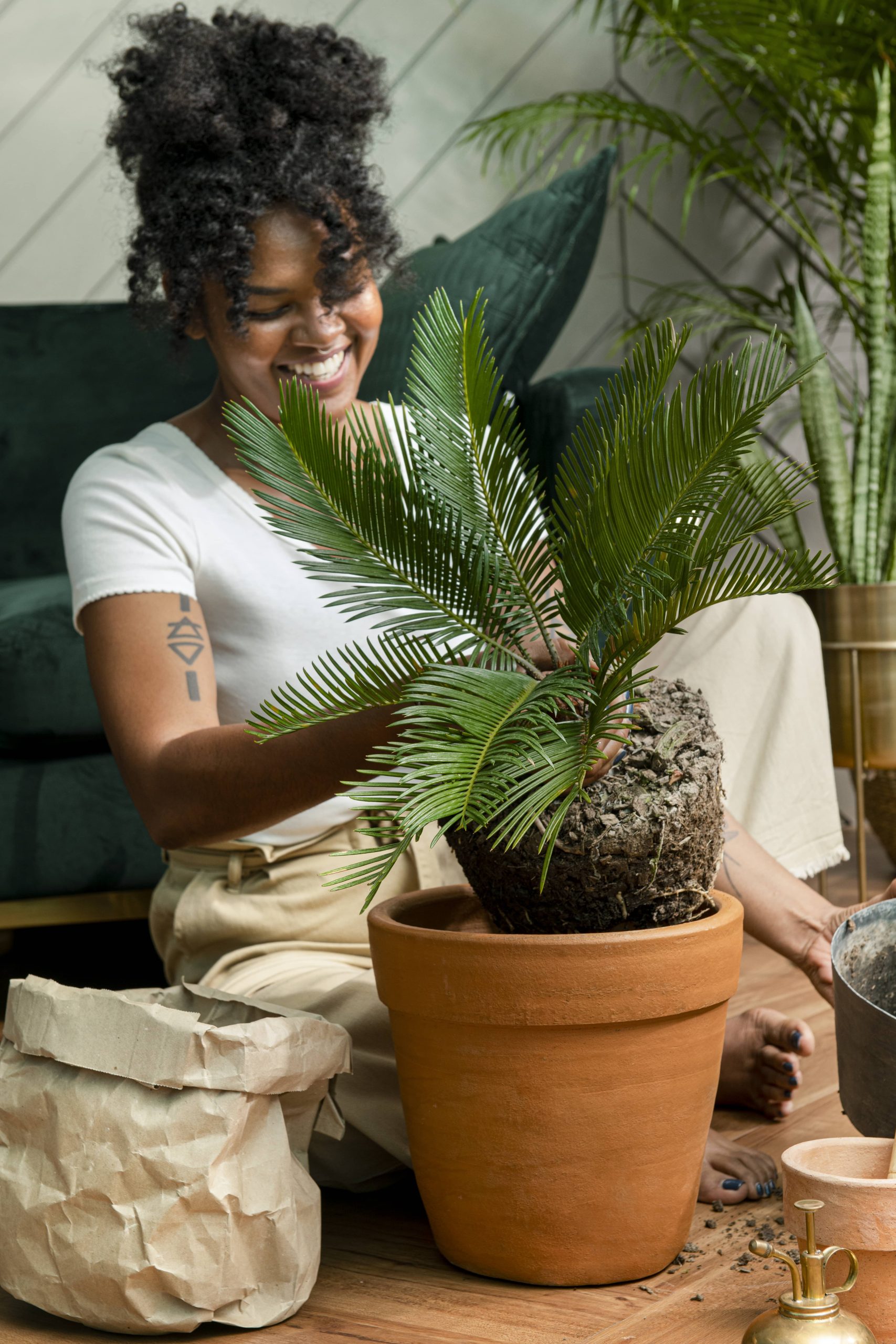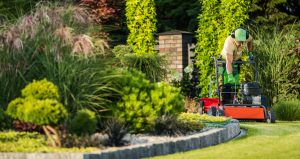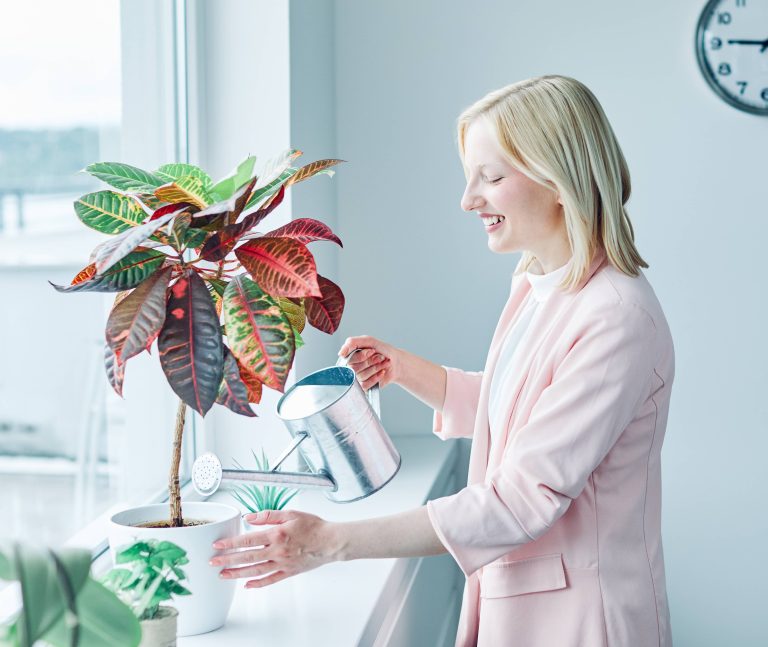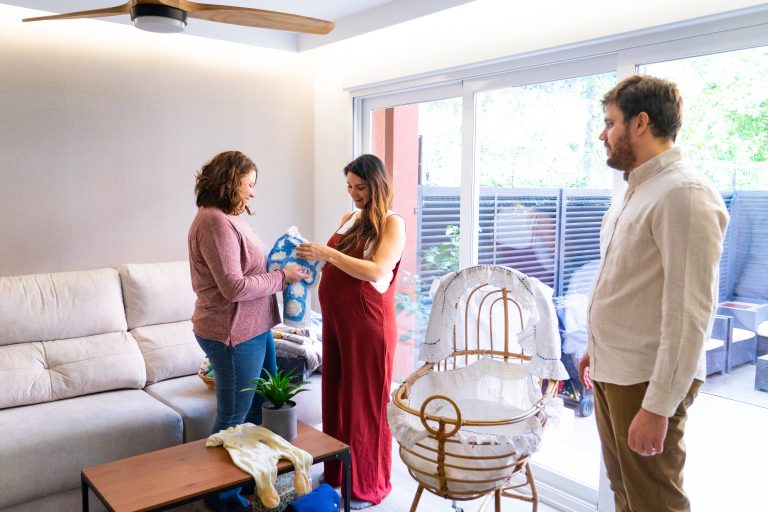
In recent years, as urbanization continuously reshapes our living environments, indoor plants have gained unprecedented popularity. These green confidants not only breathe life into our homes but also reconcile our bond with nature. However, the art of arranging indoor plants transcends mere aesthetics. By incorporating ancient Feng Shui principles, we can harness the potential of these plants to create a harmonious and prosperous living space.
Understanding Feng Shui and Its Connection to Plants
Feng Shui, an ancient Chinese art, refers to the profound interplay of wind (‘Feng’) and water (‘Shui’). These elements symbolize the movement of energy, or ‘Chi,’ within a space. At its core, Feng Shui strives to balance the flow of energy to enhance well-being, attract prosperity, and cultivate happiness. In this energetic matrix, plants are cherished as more than ornamental accents; they are revered as symbols of growth, vitality, and purification.
Indoor plants channel the essence of Chi, circulating it through the spaces we inhabit. The placement and selection of these plants are integral to achieving the desired balance of energy. Understanding how to incorporate Feng Shui principles into your indoor garden can transform your home’s energy dynamics drastically.
Choosing the Right Plants
The essence of Feng Shui lies in understanding the qualities different plants possess. Here’s how some popular houseplants align with Feng Shui principles:
1. Lucky Bamboo: Often used as a symbol of luck and prosperity, Lucky Bamboo is associated with harmony and balance. Its mere presence is said to fortify energy flow and inspire growth and adaptability.
2. Money Tree (Pachira Aquatica): True to its name, the Money Tree is believed to invite wealth and fortune. Its lush, intricate leaf structure embodies stability and prosperity, making it a favorite for those seeking financial growth.
3. Jade Plant (Crassula Ovata): A traditional symbol of wealth and prosperity, this succulent is often placed near cash registers or in offices to invite prosperity and success.
4. Peace Lily (Spathiphyllum): Known for its soothing presence, the Peace Lily purifies the air and promotes a calming, nurturing energy. It’s ideal for fostering a serene home environment.
5. Snake Plant (Sansevieria): Renowned for its resilience, the Snake Plant transforms negative energy into positive, purifying the air and strengthening protective qualities within a space.
Arranging Plants According to Feng Shui
1. Entryway and Foyers: The entryway, regarded as the ‘mouth of Chi,’ is critical in determining the quality of energy entering your home. Placing a Peace Lily or a Money Tree near the entrance can clear blockages and welcome positive energy.
2. Living Room: As the heart of your home, the living room brings together family and friends. Improve its energy flow by placing a Lucky Bamboo or a Jade Plant in the southeast corner, traditionally associated with wealth and abundance.
3. Bedroom: Since bedrooms are spaces of rest and rejuvenation, low-energy plants like the Snake Plant or Lavender are ideal. These promote relaxation and regulate the energy flow to ensure tranquility in your sanctuary.
4. Kitchen: As a nourishing space, the kitchen embodies sustenance and health. Placing herbs such as basil or mint on the windowsill not only epitomizes vitality but also encourages healthful energy circulation.
5. Workspaces: Energetic creativity is the hallmark of a productive workspace. Positioning a small succulent or a bamboo plant on your desk can foster focus and generate prosperity.
Balancing Elements through Plants
In Feng Shui, the harmony of five elements—wood, fire, earth, metal, and water—is indispensable. Plants, representing the wood element, echo vitality and expansion. However, each plant carries secondary traits that may align with other elements. For instance, a flowering plant introduces the fire element through its vibrant colors, while a drooping plant like the Pothos can mimic the water element’s tranquility.
To balance the energy within your home using these elements, incorporate plants thoughtfully:
– Use flowering plants to infuse spaces with zest and vivacity.
– Incorporate earthy succulents in neutral tones to ground and stabilize energy.
– Position greenery in metallic containers to foster clarity and precision.
Consideration of the Bagua Map
The Bagua Map—a conceptual tool used in Feng Shui—divides a space into sectors related to different life areas like wealth, family, career, and health. By positioning plants in respective Bagua areas, you can enforce the desired energy. For example, placing a Jade Plant in the wealth sector (southeast) or a Peace Lily in the family sector (east) aligns these aspirations with your home’s energy lines.
Caring for Your Feng Shui Plants
Ultimately, the efficacy of Feng Shui principles relies on plant vitality. Ensure your plants thrive by attending to their light, water, and soil needs. A thriving plant symbolizes vigorous life force, reinforcing the desired outcomes within its space.
In conclusion, arranging indoor plants based on Feng Shui principles is an adept blend of science and artistry, fueled by ancient wisdom. It guides us to consider our spatial arrangements mindfully, fostering environments that nourish not only the aesthetics but also our physical and emotional well-being. As you welcome plants into your home, embrace their energy and let them transform your space into a sanctuary of balance, harmony, and prosperity.













